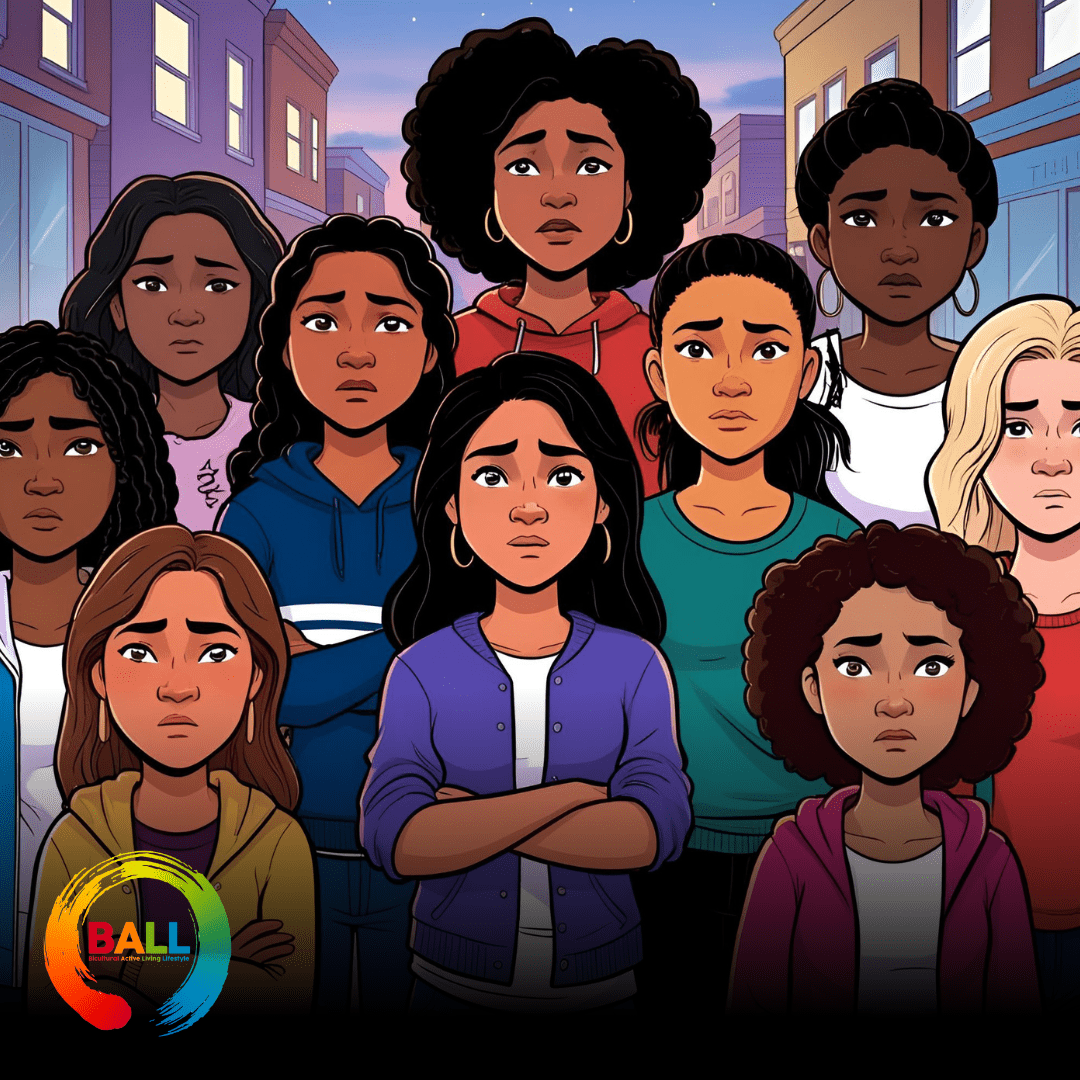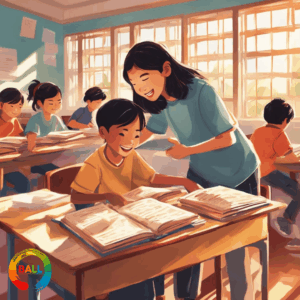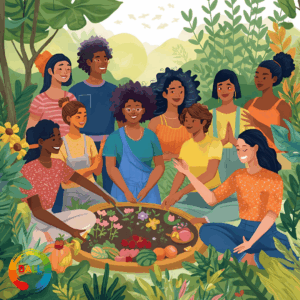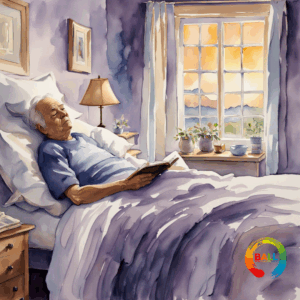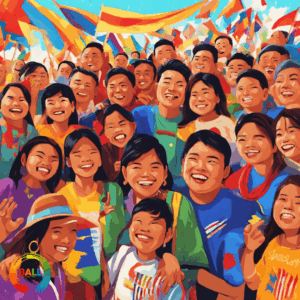Youth violence doesn’t just cause immediate harm—it can have lasting consequences on a young person’s physical, mental, and social well-being. Exposure to violence during adolescence can disrupt healthy development, impair decision-making, and create challenges with learning. It can also lead to difficulty forming positive connections with peers and trusted adults, as well as make it harder to manage stress and emotions over time.
The health and social effects of youth violence are deeply concerning, especially because they are not evenly distributed across all communities. Communities of color, particularly Black or African American youth, are disproportionately affected. Youth violence is linked to a range of negative outcomes including mental health struggles, substance use, obesity, risky sexual behaviors, depression, academic failure, and even suicide. It also increases the risk of future violence—both as a victim and perpetrator. On a broader level, violence strains community systems by raising healthcare costs, reducing property values, impacting school attendance, and limiting access to support services.
Every day, thousands of young people are affected by youth violence across the United States. This crisis touches every type of community—urban, suburban, rural, and tribal. The impact is widespread, both in human suffering and economic cost. Below are some key facts and highlights based on U.S. data:
Key Facts & Highlights:
- Youth violence is common
- Homicide is the 3rd leading cause of death for youth ages 10–24.
- It is the leading cause of death for non-Hispanic Black or African American youth.
- Over 800 youth are treated in emergency departments each day for assault-related injuries.
- Some youth are more at risk
- Sexual minority teens experience more types of violence than their heterosexual peers.
- Black or African American youth are at higher risk for severe violence, including homicides, aggravated assaults, and fights causing injuries.
- Youth violence is costly
- In 2020, youth homicides and assault-related injuries cost an estimated $122 billion.
- These costs include medical care, lost productivity, and reduced quality of life—not including criminal justice expenses.
- Impact of COVID-19
- The economic burden of youth violence increased by 17% from 2019 to 2020.
- 2019: $105 billion → 2020: $122 billion
Prevention is not only possible—it’s essential. Protecting youth means addressing both the individual and societal factors that increase or decrease the risk of violence. Long-standing systemic inequities, like concentrated poverty, residential segregation, and racism, must be addressed to create safer, healthier environments for all youth. Effective prevention strategies consider the full context in which young people grow up, especially for those from racial and ethnic minority communities. Tackling the root causes of violence is key to breaking cycles of harm and supporting young people in becoming healthy, thriving adults.
Reference:https://www.cdc.gov/youth-violence/about/index.html

